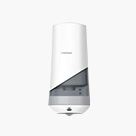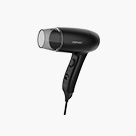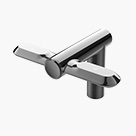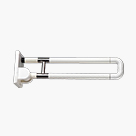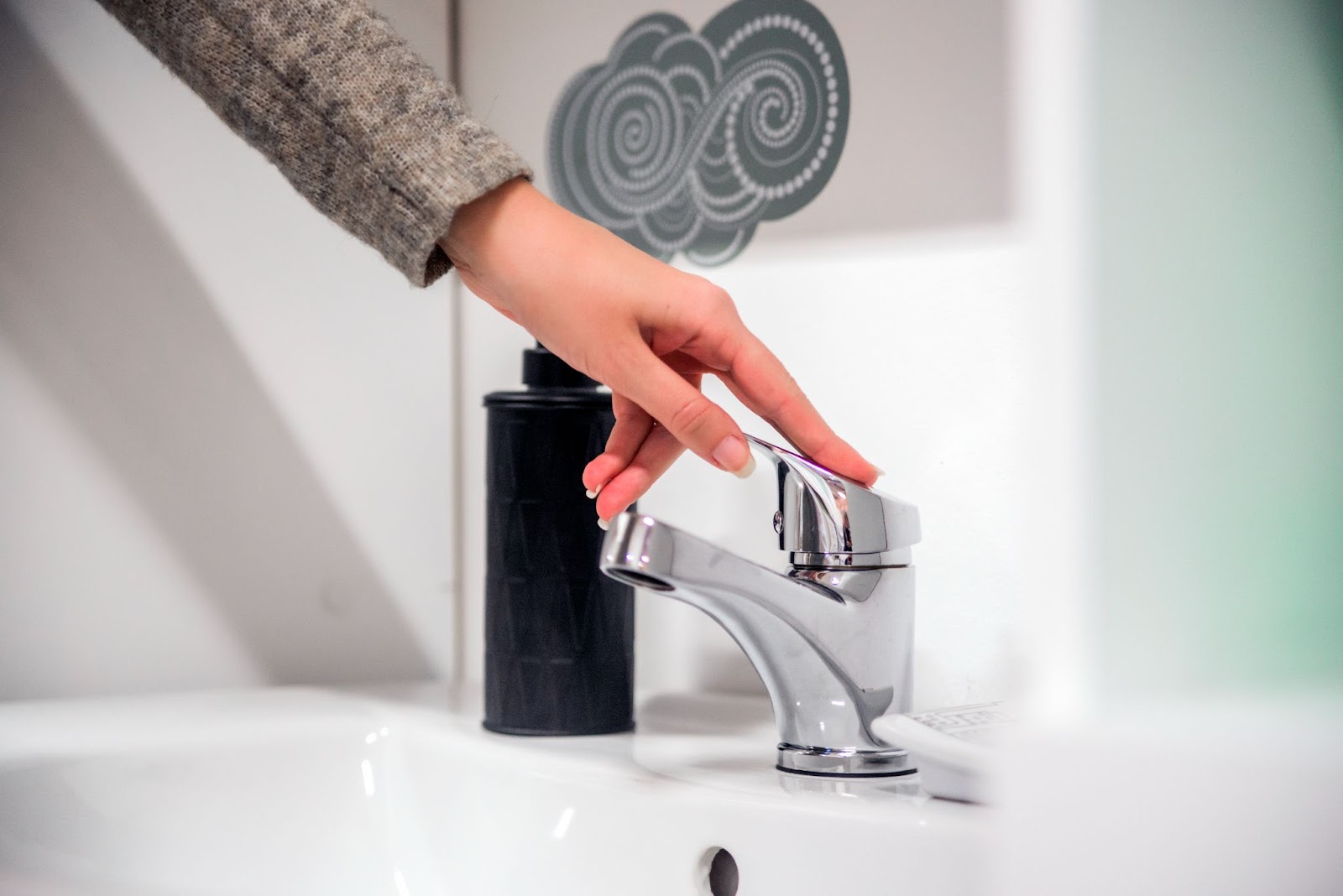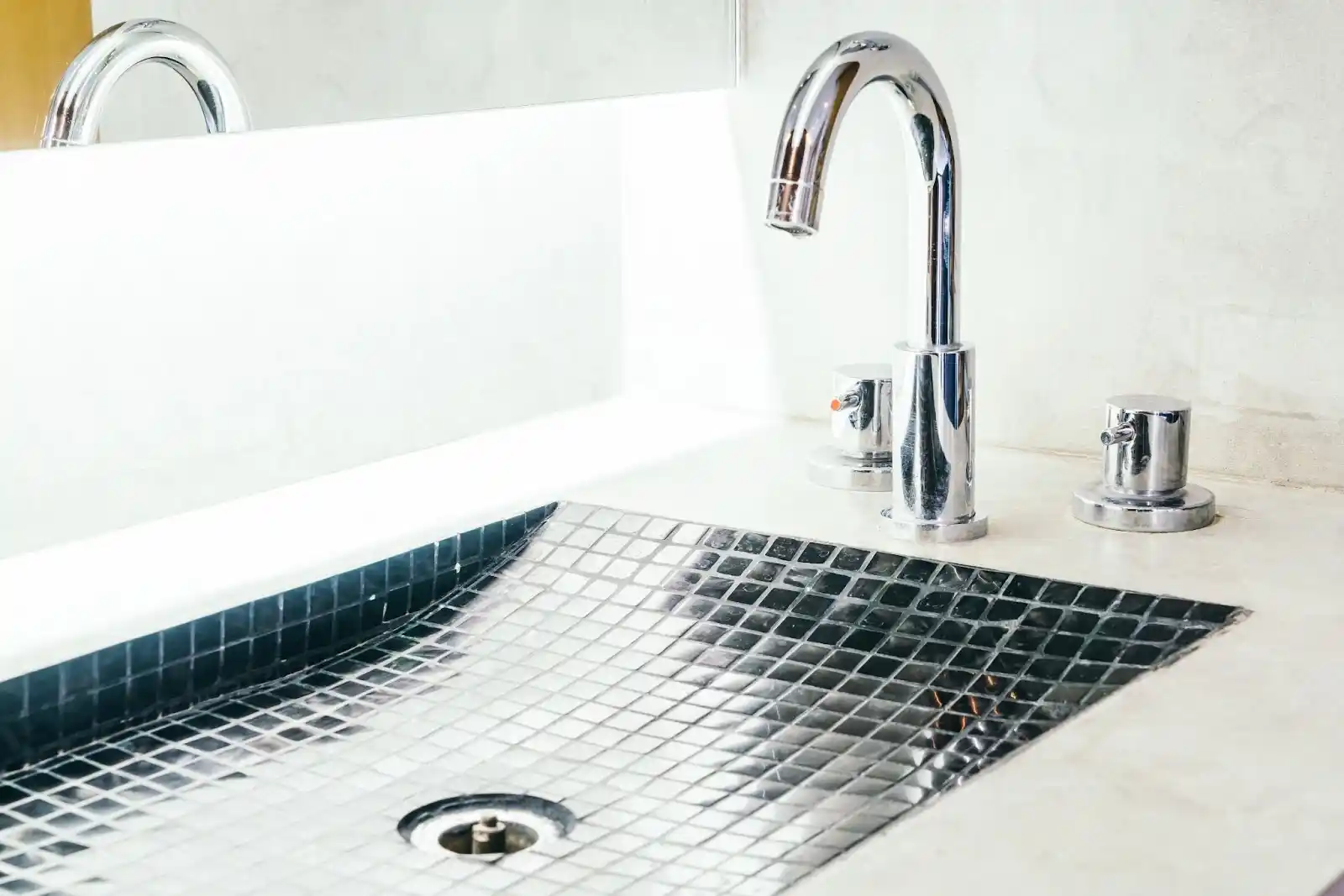Всем нам нужно устанавливать сантехнику в общественных местах, и использование несоответствующих вариантов просто не сработает. Поиск лучшего смесителя, соответствующего ADA, для вашего учреждения поможет вам избежать дорогостоящих судебных исков, а некоторые модели даже могут упростить обслуживание благодаря программируемым функциям.
Почему соблюдение закона ADA имеет значение?
В общественных и коммерческих туалетах вы по закону обязаны обеспечить доступные условия для людей с ограниченными возможностями.
Но если вы устанавливаете стандартные приборы, не учитывая требования доступности, вы рискуете столкнуться с судебными исками и штрафами, которые могут обойтись в тысячи долларов.
Вот почему важно выбирать смесители, специально разработанные с учетом доступности.
Понимание основных требований ADA
Технически соответствие определяется несколькими факторами.
Закон об американцах с ограниченными возможностями устанавливает особые стандарты в отношении досягаемости, эксплуатации, свободного пространства и удобства использования, которым должны соответствовать все доступные устройства.
В частности, для смесителей необходимо учитывать такие факторы, как усилие при нажатии, возможность использования одной рукой, высота установки и продолжительность подачи воды.
Если вы уже знакомы с рекомендациями ADA, отлично. Если нет, эти критерии выбора помогут вам найти подходящие приспособления для вашего объекта…
Пять ключевых элементов для выбора крана, соответствующего требованиям ADA
- Действующая сила
Согласно рекомендациям ADA, краны должны работать с усилием не более пяти фунтов, что делает их доступными для людей с различными физическими возможностями.
При совершении покупок в Интернете проверьте характеристики продукта, чтобы убедиться, что это требование к усилию соблюдено, или свяжитесь с производителем напрямую, если информация указана нечетко.
Ручные рычажные смесители должны двигаться плавно, не требуя сильного сжимания или поворота запястья.
Если вы ищете максимальную доступность при минимальном физическом контакте, сенсорный кран вполне может оказаться наилучшим вариантом для вашего объекта.
- Управление одной рукой
ADA требует, чтобы элементы управления можно было использовать одной рукой, не требуя сильного захвата, сжатия или сложных манипуляций.
Для смесителей с отдельными ручками для горячей и холодной воды пользователи должны иметь возможность дотянуться до обоих элементов управления с любой стороны излива.
Однорычажные или бесконтактные конструкции обычно обеспечивают наиболее простое управление для пользователей с ограниченными возможностями.
- Правильные измерения при установке
Раковину следует устанавливать на высоте 34 дюйма от пола, оставляя под ней свободное пространство для колен не менее 27 дюймов.
Элементы управления смесителем должны находиться в пределах досягаемости 15 дюймов для человека, находящегося в сидячем положении.
Внизу любой тумбы или основания раковины должно быть свободное пространство для ног не менее 6 дюймов.
При установке в нише глубиной более 24 дюймов обеспечьте зазор шириной не менее 36 дюймов.
- Достаточное расстояние
При установке нескольких раковин необходимо предусмотреть достаточное пространство между ними для удобства пользователей с устройствами для передвижения.
Проход к раковине должен быть свободным, а дверные проемы и места для разворота должны соответствовать требованиям ADA.
Похож на Сушилки для рук, соответствующие требованиям ADAкраны следует располагать в местах, где к ним можно легко получить доступ, не прилагая усилий для того, чтобы дотянуться или переместиться.
Правильное размещение приборов имеет смысл, поскольку это создает более комфортную среду для всех пользователей.
- Время потока воды
Для бесконтактных или измерительных смесителей поток воды должен продолжаться не менее 10 секунд после активации, чтобы соответствовать требованиям ADA.
Центры по контролю и профилактике заболеваний рекомендуют мыть руки в течение 20 секунд, что является идеальным показателем для автоматических смесителей.
Многие современные модели можно программировать через смартфон, что позволяет руководителям объектов дистанционно регулировать настройки.
Регулярное тестирование гарантирует правильную работу функций автоматического отключения и соблюдение соответствующих сроков.
Заключение
Это все, что вам нужно знать о выборе крана, соответствующего требованиям ADA. Помните эти советы при выборе, и вы получите максимальную выгоду от своих инвестиций в этот инновационный прибор.
Если вы ищете качественные ADA-совместимые приспособления для вашего учреждения, Interhasa предлагает надежные решения, разработанные для общественных туалетов. Наши ADA-совместимые смесители, дозаторы мыла и сушилки для рук производятся из высококачественных материалов и проверенных технологий, которые выдерживают интенсивное ежедневное использование. Связаться с нами чтобы узнать больше.







